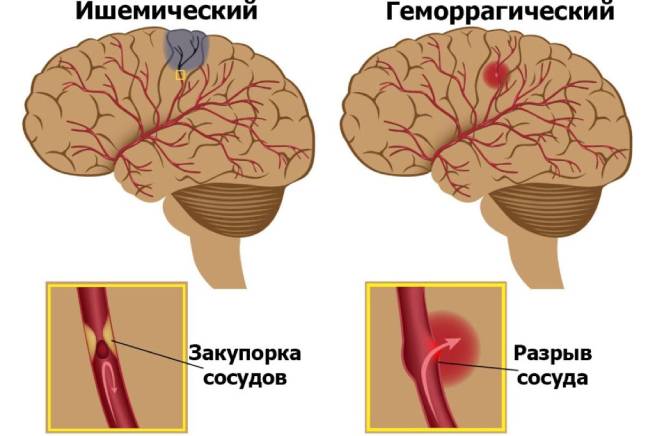Stroke is getting younger, and the features of our lives put most modern people at risk. Simple recommendations from specialists will help reduce the likelihood of a dangerous condition to a minimum.
A stroke is an acute violation of cerebral circulation. As a result, brain cells begin to die due to lack of oxygen. An anomaly may occur as a result of a deterioration in blood flow in the vessels or a rupture of the wall of the blood channel.
Everyone, without exception, shows the prevention of primary stroke. We tried to find out more from specialists about ways to protect against the risk of developing an emergency. The approach is based on simple and accessible measures that not only significantly reduce risk factors (by 80%), but also have a beneficial effect on the general condition. We bring to your attention the main recommendations.
Check your cholesterol. Its accumulation in the vessels leads to atherosclerosis, and this is the main cause of vasoconstriction, leading to both heart attack and stroke. It is important to control the indicator at least once every 5 years. If you have high cholesterol, talking to your doctor and making recommended lifestyle changes can help reduce your risk of stroke.
Control your blood pressure – at home, at the doctor’s, in the pharmacy. Do not forget – the risk of stroke in hypertensive patients is 2-4 times higher than in people with normal indicators. Check with your doctor about how often you need to have it measured.
If you have symptoms of diabetes Be sure to get tested and check your blood sugar levels regularly. This disease leads to destructive changes in the vessels, in particular in the brain. If blood glucose levels are elevated during a stroke, brain damage is usually more severe.
Heart diseases do not tolerate ignoring, they need to be treated. Problems such as valve defects, coronary heart disease, enlargement of one of the heart chambers, and atrial fibrillation can lead to the formation of blood clots that can rupture and clog blood vessels in the brain. Get regular check-ups and treatments prescribed by your doctor.
Healthy food – it’s good health and reduced risk of stroke. Fresh vegetables and fruits should be in your diet every day. Eat foods that are low in cholesterol, saturated fats, and trans fats. With high blood pressure, it is important to limit salt intake.
Physical activity in any of its manifestations, it lowers cholesterol levels and helps to maintain normal weight. If there are no contraindications, set aside 30-40 minutes a week for aerobic exercise, go in for brisk walking. If the doctor thinks that this is not good for you, ask them to suggest the exercises available to you.
Smoking increases the risk of ischemic stroke by two times, and hemorrhagic by four. Currently, there are many ways to painlessly give up a bad habit, consult your doctor about this. No less harmful alcohol – Excessive consumption increases blood pressure with all the ensuing consequences.
The recommendations are easy to follow, agree, and the benefits from them can be enormous for you. Especially when it comes to such a dangerous condition as a stroke.
Reference. Ischemic stroke – failure in the circulatory system of the brain associated with thromboembolism. Blockage of an artery by a blood clot stops the flow of blood to the brain. Without nutrition, tissues soften, cell necrosis occurs, which ends with an organ infarction. Hemorrhagic stroke – hemorrhage in the brain. Under the influence of high blood pressure, the vessels rupture, blood pushes the brain tissues apart and fills the cavity between them. A hematoma forms.







More Stories
ProNews: The government is methodically destroying the healthcare system in order to transfer it to the private sector
May Day strikes throughout Greece, operating hours of public transport are limited to the maximum (additions are being added)
Who likes an adventure holiday?